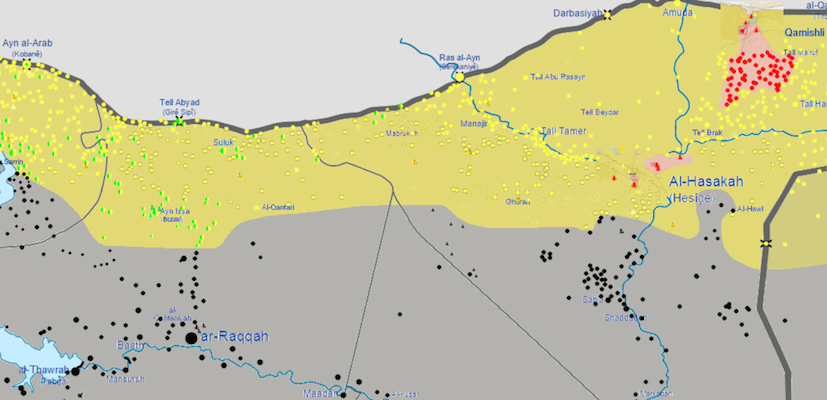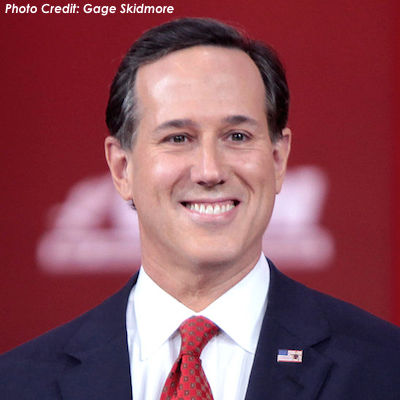“Getting Real: Facing Necessary Facts in Syria and Iraq” by Michael J. Brenner for The Globalist:
Washington only compounds its culpability while simultaneously reducing the chances of finding a tolerable way out of the jam if it remains addicted to fanciful thinking.
And yet it remains wedded to a set of totally unrealistic propositions. This results in the creation of a make-believe world that bears no relation to reality.
Bursting bubbles
Here are some of the biggest fictions that must be abandoned:
- Jihadist Syrian frontrunners al-Nusra/al-Qaeda can be transmogrified into mere expressions of genuine Sunni grievances.
- Nusra jihadists can be converted into the instrument for militarily crushing ISIS just because there is nobody else willing or able to a job America won’t take on.
- Saudi Arabia and the Gulfies will give priority to defeating the various Salafist groups rather than to the removal the Alawite regime in Damascus.
- ISIS’s financial lifeline can be cut without destroying the infrastructure of its oil trade and without getting Turkey to cease and desist its complicity in sustaining the oil trade.
- The Russians can be “isolated” and denied a major role in determining Syria’s future by calling Putin dirty names and reciting the number of worthless partners in Obama’s ersatz coalition.
- Phantom Syrian rebel armies devoted to tolerance and democracy – that don’t exist except in the escapist visions of Washington’s strategic non-thinkers – can be relied upon to win battlefield victories.
- Establishing a no-fly buffer zone in northern Syria would do something other than satisfy Erdogan’s ambition to keep open his supply line to al-Nusra and his lucrative commercial dealings with ISIS.
- Such a no-fly buffer zone would not contradict our purposes in Syria and would be tolerated by Russia.
- It is within the power of the United States to shape the Middle East to its own specifications while contesting a legitimate place for Iran, Russia, Yemenese Houthis and anyone else who doesn’t hew the Saudi-Israeli-Erdogan line Washington has endorsed.

Flag of the Syrian government.






